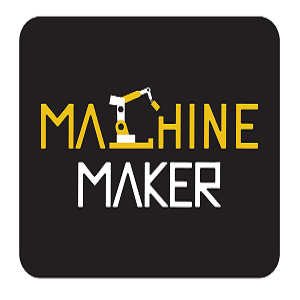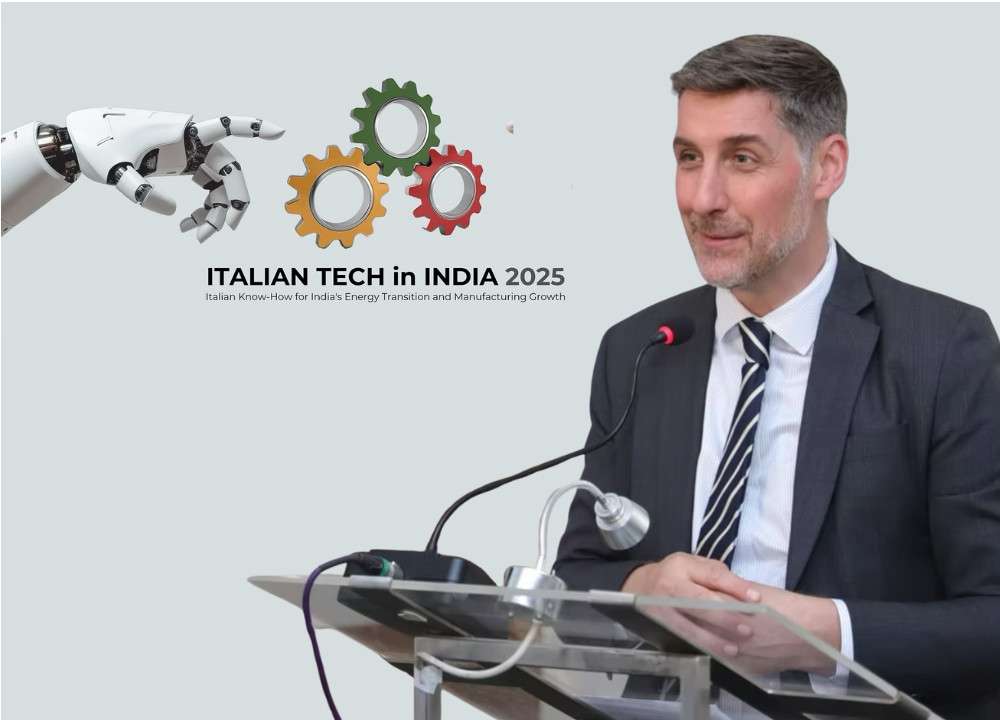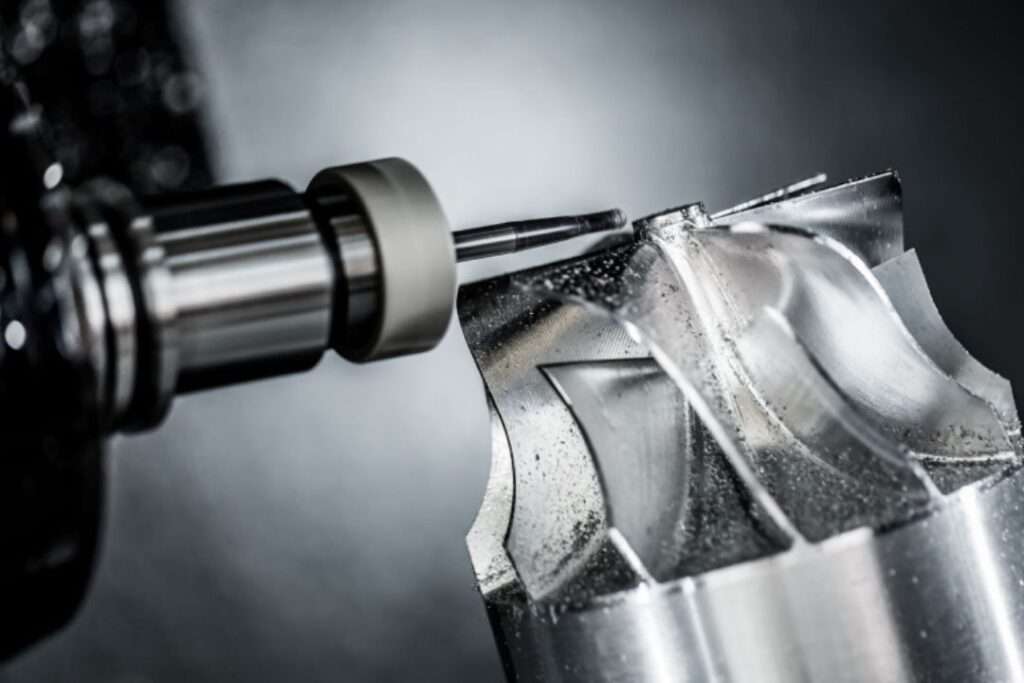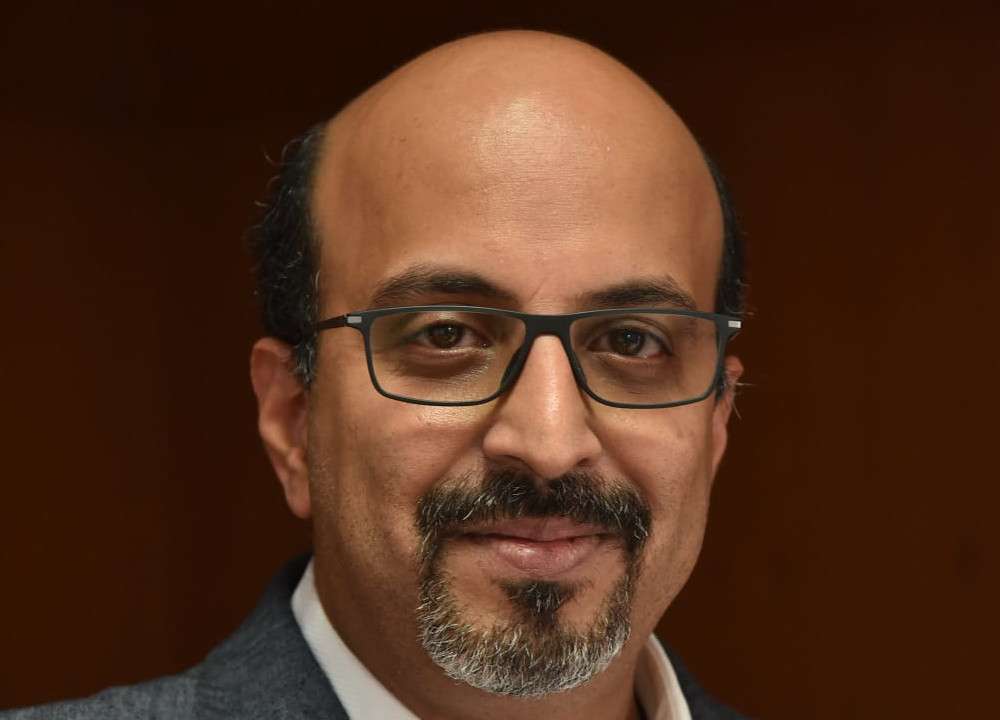During my tenure as CEO of an Auto Component Manufacturing Company supplying to only OEMs like Delphi TVS, M&M, Bosch, Sundaram Clayton, etc. FMEA was one favorite tool used end to end during Design, Planning, Production and post-production. More often than not, it was used mostly when a component failed leading to a customer complaint. While the issue would get addressed to a large extent, the same issue would still recur. Another round of FMEA, another set of improvements in process and the cycle would continue.
I just realized that the reason the issue used to recur was, during the FMEA, human behavior related issues were not addressed in the manner they needed to be. Now that I am a practicing coach I realized that perhaps coaching could have helped to a great extent in such cases.
This motivated me to publish an article on LinkedIn “COACHING IS A STEP BEYOND FMEA.” In the article, I had compared the FMEA process and the coaching process. The gist is given below.
Readers of this article would be aware of What is FMEA? Just to reiterate in FMEA we start with identifying the maximum impact of any action or inaction in response to an issue on hand. Then, we go to multiple levels of delayering to identify all the possible causes and identify the possible sources, probability of occurrence and finally detection/corrective mechanism.
What is COACHING? International Coach Federation defines coaching as partnering with clients in a thought-provoking and creative process that inspires them to maximize their personal and professional potential. Coaching builds awareness, empowers choice and leads to change.
Coaches genuinely believe that the coachee is the most resourceful person to help himself. The coach, instead of providing advice, guides the coachee to understand their inhibitions and limiting beliefs at a deeper level, something similar to the FMEA approach. However, the main difference is in approach to address the impact. Coaches approach the issue of limiting beliefs in a positive manner by asking the coachee how the beliefs are helping in achieving the goal rather than pointing out the ill effects of limiting beliefs. Coaching is an INSIDE OUT approach and hence the impact is far more long-lasting, almost life-long.
Hence it was my case that Coaching is stepping beyond FMEA. I am grateful to the several interesting thoughts, views, and comments posted in response. What I missed stating in my article was that Coaching is Not A Replacement of FMEA. It is not a panacea for any issue you may face on a shop floor. Where the issue is with the product, manufacturing process, tools, machines, etc. FMEA is still relevant and is a useful tool.
Most entrepreneurs or CEO, coming from a manufacturing background, use FMEA and Root Cause Analysis when the business hits a plateau. Most of them are unaware that organizations have a hit a plateau or have not grown to their full potential due to their own self-limiting beliefs. What is pertinent to note is that these aspects of leaders’ behavior or thoughts are known to the team and they modify their behavior accordingly and this further reinforces the leader’s thought process and the vicious cycle continues.
Coaching is an option worth considering where any issue reaches a plateau. Coaching should certainly replace FMEA when it comes to business reaching a plateau or not realizing its full potential. This should include everyone in the system, including the ENTREPRENEUR and the CEO of the organization.
So, I reiterate that COACHING AND FMEA BOTH HAVE THEIR OWN RELEVANCE. CONSIDER COACHING WHEN FMEA HITS A PLATEAU!
PS: Here is the link to the article referred earlier: https://www.linkedin.com/pulse/coaching-step-beyond-fmea-n-k-venkatnarayanan/








